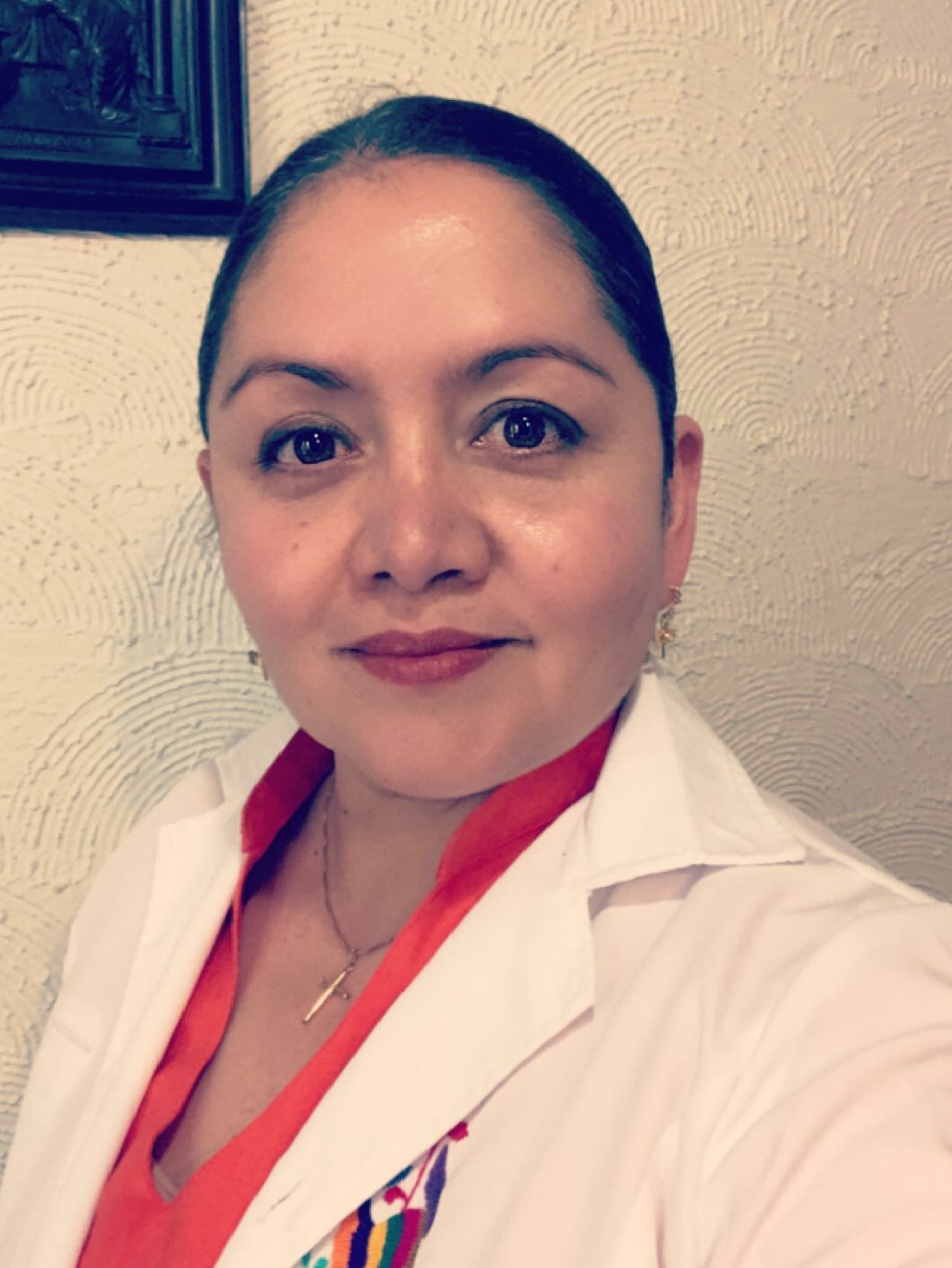
Introduction: The ring chromosome is a structural abnormality resulting from the loss of the distal portions of both arms and joining the ends to form a ring set. Ring chromosomes are uncommon and the prenatal diagnosis of such, is particularly unusual. It has been reported that the ring chromosome 13 show relatively constant and mainly associated with the deletion of the long arm. The usually consist of dysmorphic craniofacial anomalies, ocular, sternal agenesis, heart disease, digestive abnormalities, genitourinary, vertebral and limb, mental retardation and intrauterine growth. We present a female fetus of 32 weeks of gestation, who performed cytogenetic prenatal diagnosis of a ring chromosome 13 by fetoscopy showed the characteristic lesions of the injury. Case report: A review in the department of high-risk pregnancy to a woman 36 years old in his 3rd quest. With adequate prenatal care. Fetal movements were detected from the third month of pregnancy, prenatal ultrasound was performed reported as normal, but in the sixth month of gestation, ultrasound detected polyhydramnios control with hydrops fetalis, severe heart malformation (single ventricle), pleural effusion bilateral, microcephaly, depressed nasal bridge, ankylosis of upper limbs and intrauterine growth retardation severe. Amniocentesis was performed evacuated and taken sample for cytogenetic studies. Karyotype in amniocytes were performed with GTG banding tech nique. and study of fluorescence in situ hybridization (FISH). The final karyotype was: 46, XX, r (13) (p11q34) [34] / 46, XX [6], ISHR (13) (LSI 13q14). With injury in ring chromosome 13. At 32 weeks of gestation suggests parents make diagnostic fetoscopy to determine anatomical lesions, in the office for review and placement on the day prior to the proposed procedure, fetal inactivity is detected (absence of heartbeat and fetal movements) was mother suggested to the termination of pregnancy by inducing labor, but the mother wants to continue with the study initially suggested fetoscopy. It was decided to carry out fetoscopy to 32 weeks, performing a hysterotomy, using 3-mm lens. Finding a small head, short face, hypertrichosis, broad nasal bridge, broad based nose, low set ears and hypotrophic, both thoracic limbs with defect longitudinal reduction and ankylosis of the hands, lower limbs with reduced longitudinal and right clubfoot on the left. It was not possible to see genitals or the lens to pass through the mouth. Discussion: The anatomical study was supplemented with fetoscopy, demonstrating the usefulness of this procedure allowed to see the conditions of the fetus in the state perimortem, as has been reported by other authors. In our case, the parental consent to perform fetoscopy was invaluable, allowing us to its future application in viable products. The fetoscopy has proven to be a procedure that allows us to make a diagnosis and in properly selected cases, serve the purpose for which treatment can prevent the growth, development or viability of the fetus. It makes the observation, that is the first fetoscopy performed and documented in Mexico








